
A video that terrifies while it teaches? There’s a TED-Ed Lesson for that
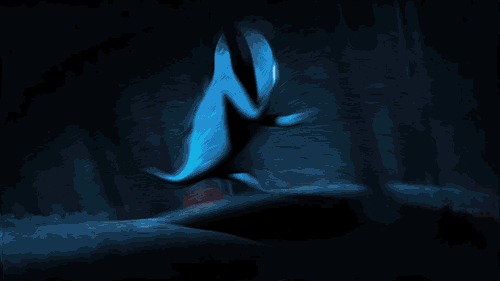
Pick your poison: Blood hungry vampires. Zombies on a mission for your tasty brain. Creepy crawlies. No matter your (fictional or real) fright of choice, TED-Ed has a lesson for all of your Halloween needs. So pick out your favorite candy (more on that later), choose a few videos, and have a very happy Halloween.
Nightmares are the least of your problems when you’re sleeping. Sleep paralysis is a creepy but common phenomenon caused by an overlap in REM sleep and waking stages. Ami Angelowicz describes just how pervasive (but harmless) it is and introduces a cast of characters from sleep paralysis around the world.
The myth of the bloodsucking vampire has stalked humans from ancient Mesopotamia to 18th-century Eastern Europe, but it has differed in the terrifying details. So, how did we arrive at the popular image we know, love and fear today? And what truly makes a vampire…a vampire? Michael Molina digs up the science and the superstition.
Terrifyingly, Zombies eat brains. They are also, like all of us, driven by brain functions. What is happening in their brains to make them act as they do? In this intriguing dialogue, Tim Verstynen & Bradley Voytek apply the various human medical possibilities that make zombies…zombies.
Speaking of zombies, have you heard about the fish that came back to life? The coelacanth, a prehistoric fish that was mistakenly thought to have gone extinct at the same time as the dinosaurs, has managed to stick around our seas for 360 million years. Erin Eastwood details the surprising “back from the dead” discovery of the coelacanth and explains how this fish’s fins shed light on the evolutionary movement of vertebrates from water to land.
Look, bugs are gross. Maybe spiders freak you out the most. But prepared to be both disgusted and intrigued at the same time because the relationship between the jewel wasp and the cockroach is stranger than science fiction. The jewel wasp stuns the cockroach, and months later, a jewel wasp hatches out of the cockroach. At TEDYouth 2012, Carl Zimmer walks us through how this happens and why it personally fascinates him.
You know what’s terrifying about space? It’s real, and it’s trying to kill us every single day. Ron Shaneyfelt assesses the dangers of space.
Finally, let’s be honest, for many of us, Halloween is a bit more about the treat than the trick. And when you eat something loaded with sugar, your taste buds, your gut and your brain all take notice. This activation of your reward system is not unlike how bodies process addictive substances such as alcohol or nicotine — an overload of sugar spikes dopamine levels and leaves you craving more. Nicole Avena explains why your Halloween sweets and treats should be enjoyed in moderation.
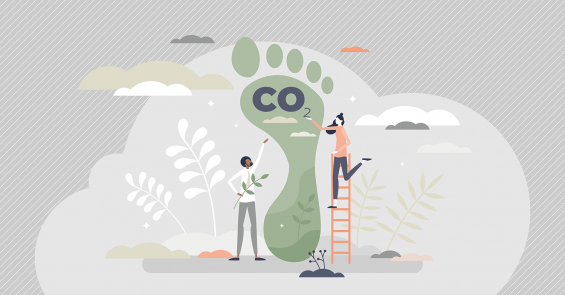
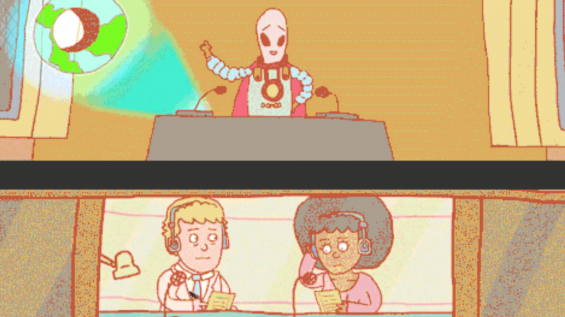
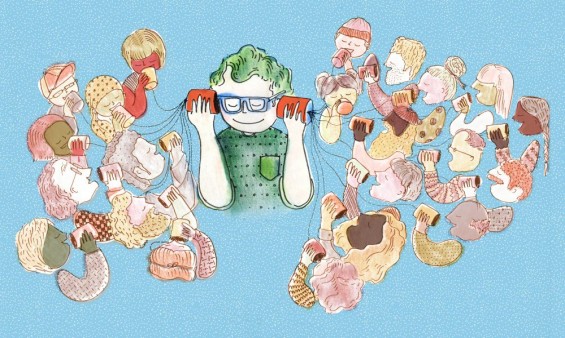
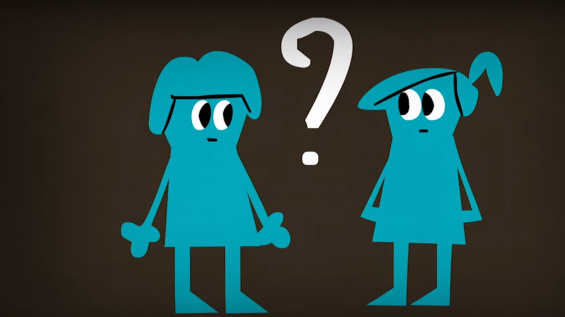
Maravilloso!!!!! aplausos!!